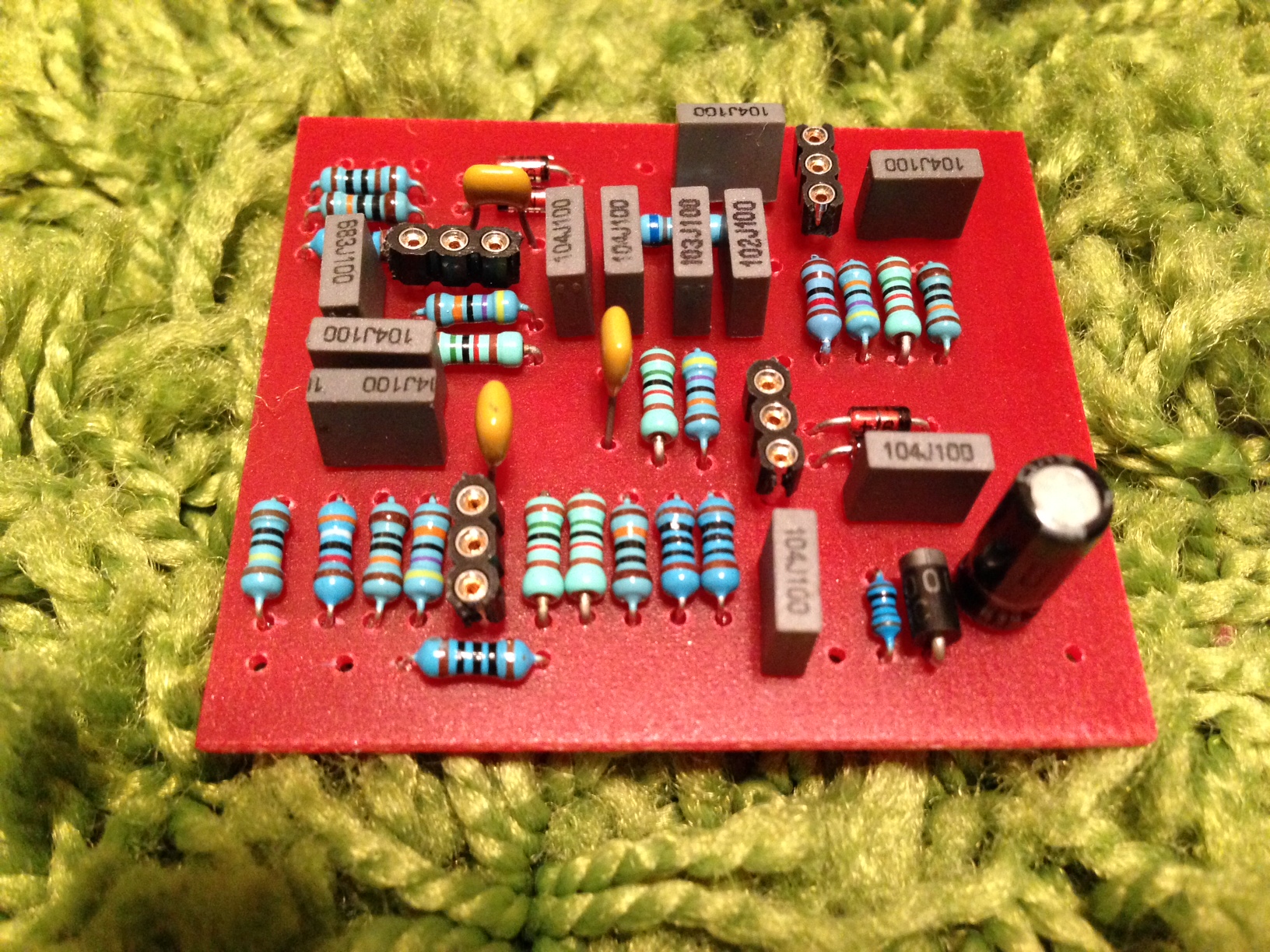Midwayfair Ge Transistor post on madbean
I found this post to be informative and wanted to archive it. It’s no surprise that Jon gave a great answer. He has a great way explaining things.
Being “most desirable ones” has very little to do with whether the transistors will be “the most useful ones.” Look up the polarity and the gain range. Otherwise, just test a couple transistors out of each bag if you have a DMM that does that; if the gain is really low, like under 40, there are very few guitar pedals that will even work with them.
Your best bet for figuring out what the mot valuable part number is is to look at the schematics for a bunch of old fuzz pedals and then write down the part number. Not the series (like “OC”), but the specific part number. Then look up the equivalent transistor from other companies. New Market, for instance, is a brand name, but the same transistor construction as in the 213 and 275, which are very valuable, have different part numbers by RCA or Telefunken, for instance.
Here are the most useful “numbers”:
PNP 40-80: Q1 in classic Fuzz Face
PNP 80-130: Q2 in classic Fuzz Face and Q3 in a MKII, Three-knob bender, or Buzzaround
NPN 40-50: Q1 in a low-gain NPN fuzz face
NPN 60-70: Q2 in a low-gain NPN fuzz face
PNP 40-60: Q1 in a Percollator
PNP 20-40: Q1 and Q2 in Tonebender MKII, but requires moderate leakage
PNP 70-80: classic Rangemaster, requires low leakage; Skreddy Screwdriver if moderate or high leakage











